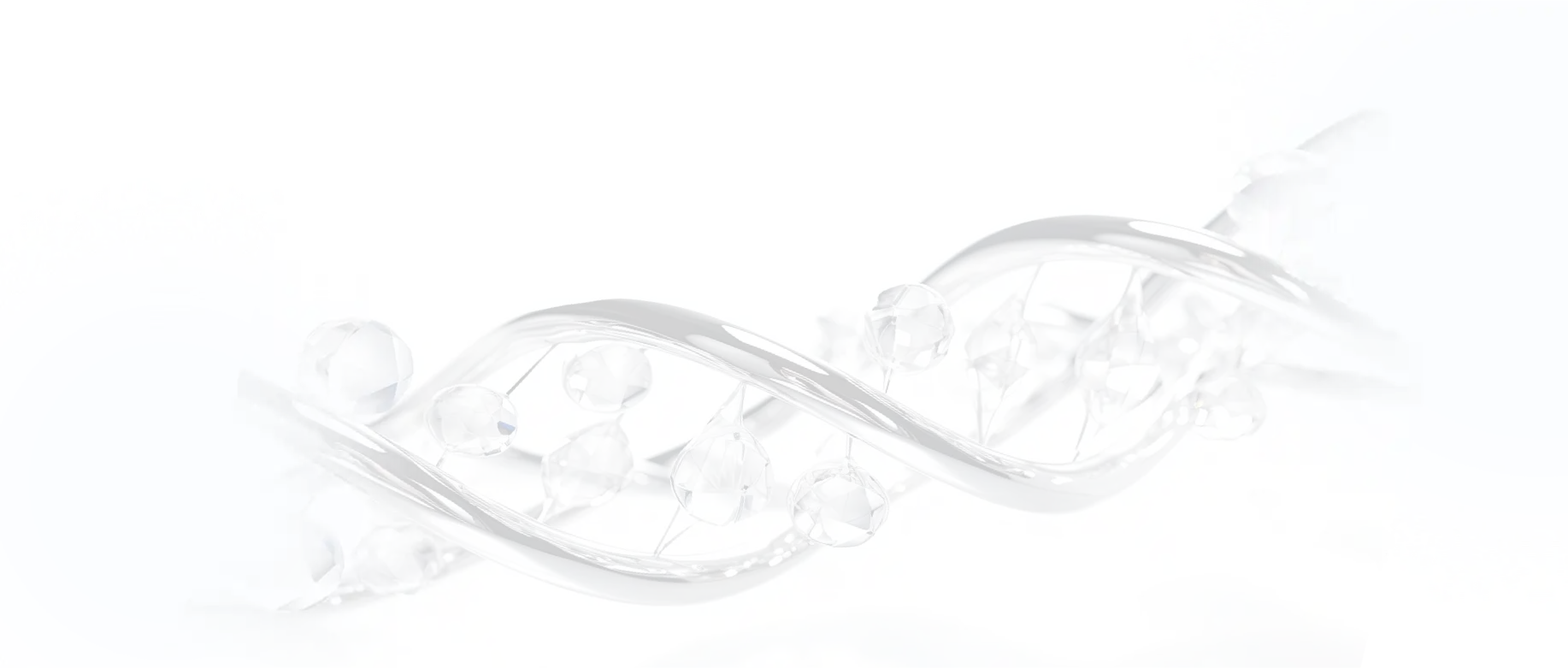Drug-induced Liver Injury (DILI) Compound Library
Catalog No. L5510
Adverse drug events such as cardiotoxicity, hepatotoxicity and other organ toxicities, keep surfacing in the clinic and idiosyncratic drug toxicity continues to haunt the drug development process. Drug-induced liver injury (DILI) is common and nearly all classes of medications can cause liver disease. Although cardiotoxicity remains one of the main reasons for drug development termination, both during pre-clinical and clinical stages, DILI is the most common reason cited for withdrawal of an approved drug. The reason for this most likely lies in the fact that significant advancement in understanding the mechanistic basis of cardiotoxicity but the imperfect prediction of DILI risk.
DILI is thought to occur via several different mechanisms. Among these are direct impairment of the structural and functional integrity of the liver (e.g., mitochondrial dysfunction); production of a metabolite that alters hepatocellular structure and function; production of a reactive drug metabolite that binds to hepatic proteins to produce new antigenic drug-protein adducts, which are targeted by hosts' defenses (the hapten hypothesis); and initiation of a systemic hypersensitivity response (i.e., drug allergy) that damages the liver.
TargetMol's Drug-induced Liver Injury Compound Library collects 1230 hepatotoxicity causing compounds, including anti-cancer drugs, antibiotics, antituberculosis agents, antiretrovirals, antiepileptic agents, and cardiac medications, etc. It is not only a powerful tool for DILI research and other drug toxicities but is of crucial value in understanding the mechanisms of DILI, identifying biomarkers for early DILI prediction, and allowing timely recognition during drug development, thus finally achieving successful DILI prevention and assessment in the pre-marketing phase.
All products from TargetMol are for Research Use Only. Not for Human or Veterinary or Therapeutic Use.
Resource Download
Library compound info
Excel
SDF
Contact us for more batch information Your shopping cart is currently empty
Your shopping cart is currently empty




